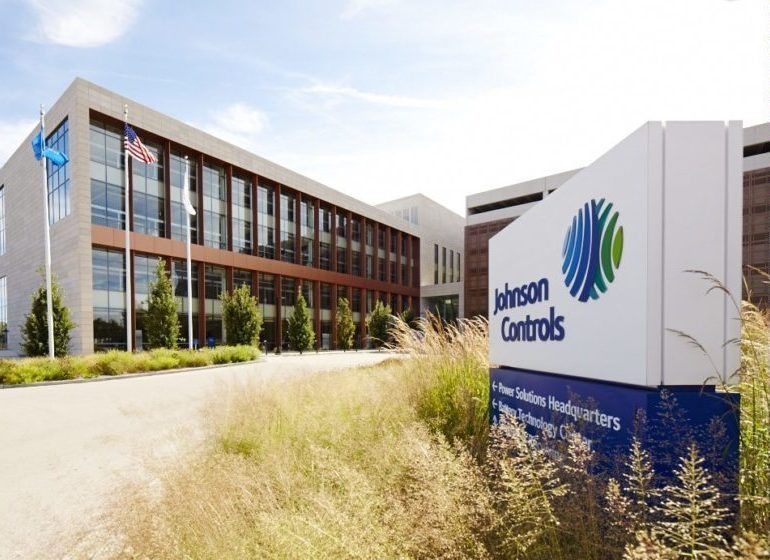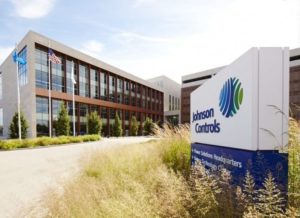Executives at Johnson Controls International plc said cost savings from the merger with Tyco came in ahead of schedule during the first full quarter the two companies operated as a combined entity.
George Oliver, JCI chief operating officer, said the company achieved $50 million in cost synergies and productivity gains during the quarter. The company is targeting $250 million to $300 million in fiscal 2017 and Oliver said the gains would step up based on the timing of headcount reductions during the third and fourth quarter.
A spokesman said the company wasn’t providing any other details on the potential reductions.
Brian Stief, JCI chief financial officer, said corporate expenses dropped to $108 million during the quarter, a 12 percent drop from the expenses of the two companies at the same time last year.
He said Johnson Controls had made solid progress in realizing productivity and cost savings, although he added the first quarter savings represented “a lot of the low hanging fruit that we were able to quickly move on.”
Johnson Controls is targeting more than $1.2 billion in cost, productivity and revenue synergies by fiscal year 2020.
The company reported $7.1 billion in net sales for the year, flat compared with the combined results of the companies in 2016.
Net income for the quarter was $329 million or 35 cents per diluted share, down from $450 million or 69 cents a share last year. But adjusted earnings showed a better picture with net income of $502 million or 53 cents per share, compared with $452 million or 48 cents per share for the combined companies.
Alex Molinaroli, JCI chairman and chief executive officer, said the company was “not exactly where we wanted to be on the growth front” but ahead of schedule on improving margins, adding that he was “incredibly proud” of the company’s team for its integration work.
The building technologies and solutions segment reported revenue of $5.2 billion, down about 2 percent from the combined result last year. The applied HVAC and fire and security businesses were both up while performance contracting, industrial refrigeration and products were all down.
Oliver said the buildings business was an area where the combination of the two companies was paying off with joint teams able to bring Tyco offerings to Johnson Controls customers or vice versa.
It was also a segment Molinaroli highlighted for productivity and cost savings.
“I think the synergies are coming a lot faster than what we expected,” he said of the segment.
The power solutions segment reported net sales of $1.9 billion, up from $1.7 billion in fiscal 2016. The company said volumes were up across all regions and global shipments of start-stop batteries increased 27 percent.
Molinaroli also highlighted the company’s growth in China and Asia Pacific, noting there are both short-term and longer-term growth opportunities.
“We’re seeing both topline and bottomline improvements,” he said. “We wanted to make sure we continued to talk about that.”
A slide in the company’s earnings presentation noted the company’s second global headquarters in Shanghai would open in the summer.
Johnson Controls also reported an effective tax rate of 15 percent, down from 17 percent last year. The company came under fire during the presidential campaign for moving its corporate domicile to Ireland as part of the merger. Molinaroli defended the move as in the interest of shareholders and not a motivating factor for the deal.
On Wednesday’s call, Molinaroli said a tax plan considered by Republicans in the House of Representatives that would change how companies are taxed with a border adjustment would likely be neutral for JCI. He also cautioned that the company will have to “wait until the dust settles” to really understand the implications.
“It’s a very complicated equation and we really don’t know the details of the tax plan,” he said.



